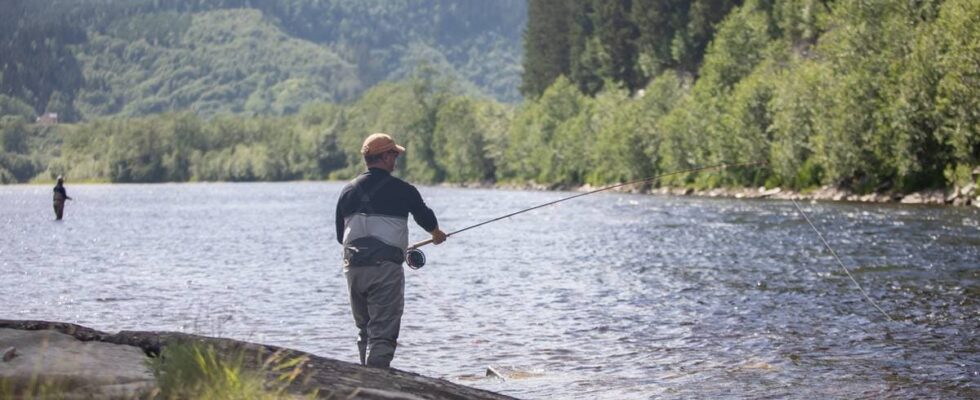– In order to create the greatest possible predictability for river owners and salmon fishermen, we want to be early with our preliminary assessments of how we will regulate salmon fishing next season, says Director of the Norwegian Environment Agency, Ellen Hambro. In June, salmon fishing was stopped in 33 rivers and in the sea from the Swedish border in the south to Trøndelag. This happened because over several years there has been a decline in the amount of salmon that came to the rivers to spawn. In addition, there was a record low catch of salmon in large parts of the country this year. The idea is that they will now switch to a precautionary strategy when it comes to regulating salmon fishing. – This means more limited fishing at the start of the season, and that it can rather be opened up to more fishing later if the demand for salmon turns out to be good enough, says environment director Ellen Hambro. Asking for input The Norwegian Environment Agency says that, together with knowledge from NINA and input from the river owners’ associations, they will set new rules for fishing in the rivers where there were few salmon this year. At the same time, they will introduce new routines for how fishing is to be regulated locally throughout the season. – In order to be allowed to fish for salmon early in the season, the river owner associations in rivers where there were particularly few salmon this year must put forward a realistic plan for how they will keep the take of salmon to a minimum until it is seen that enough salmon are coming up in the rivers, and fishing can possibly be increased. The alternative is to postpone the start of the fishing season, says Ellen Hambro. More threats to wild salmon – Climate change affects wild salmon. The best thing we can do then is to remove the other problems, and we start with the biggest ones, writes Pål Mugaas to news. Mugaas is responsible for communications at Norske Lakseelver. – According to the researchers, three of the four biggest threats to wild salmon are created by salmon farming; salmon lice, escape and disease. The reason for this is the production of farmed salmon in open cages in the Norwegian fjords, writes Mugaas. He says that this is a technology that must be replaced immediately and that will have an immediate effect. Published 20.09.2024, at 10.54 Updated 20.09.2024, at 12.16
ttn-69
The Norwegian Environment Agency with a new precautionary strategy before next year’s salmon fishing – news Trøndelag – Local news, TV and radio

